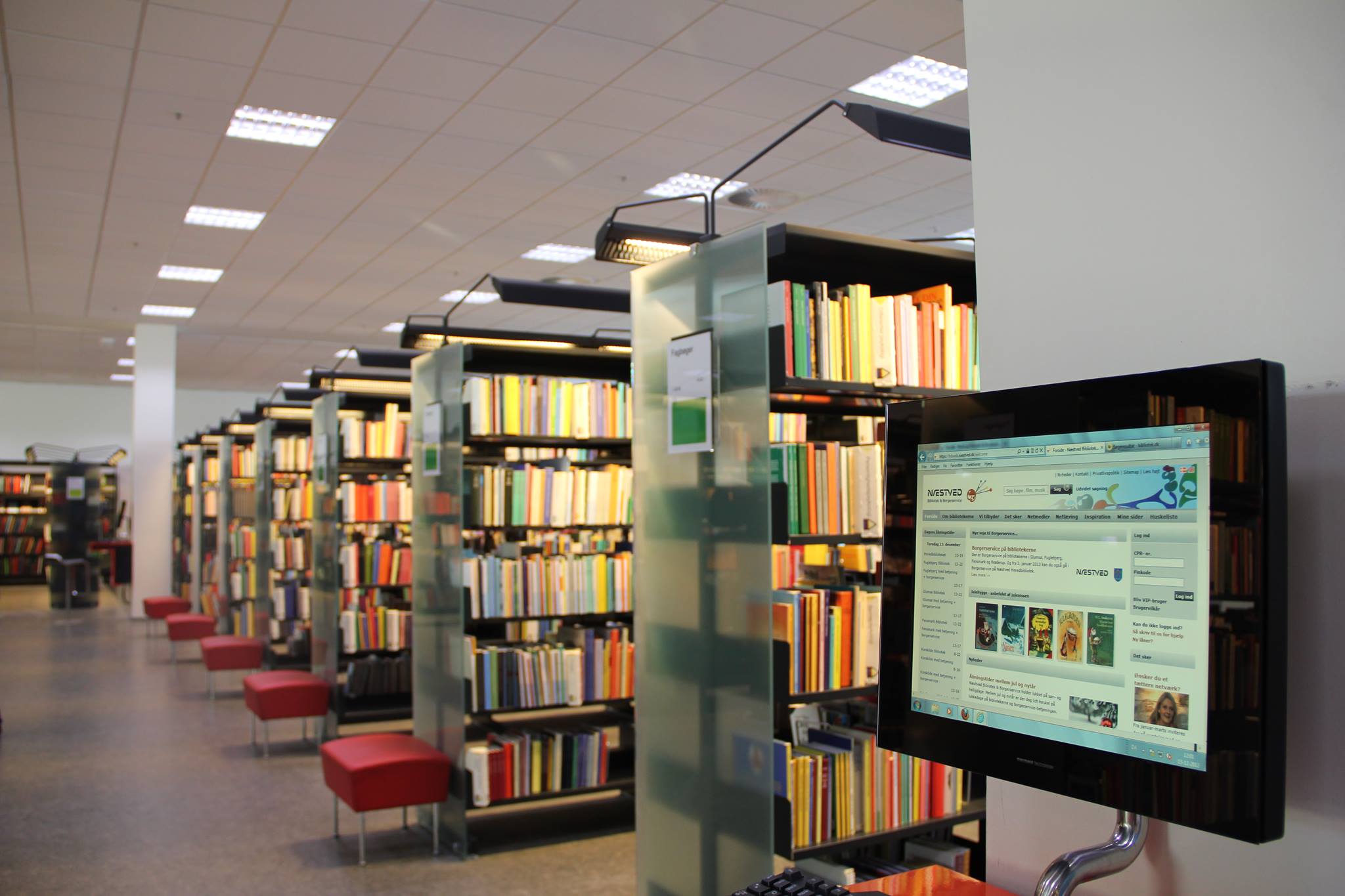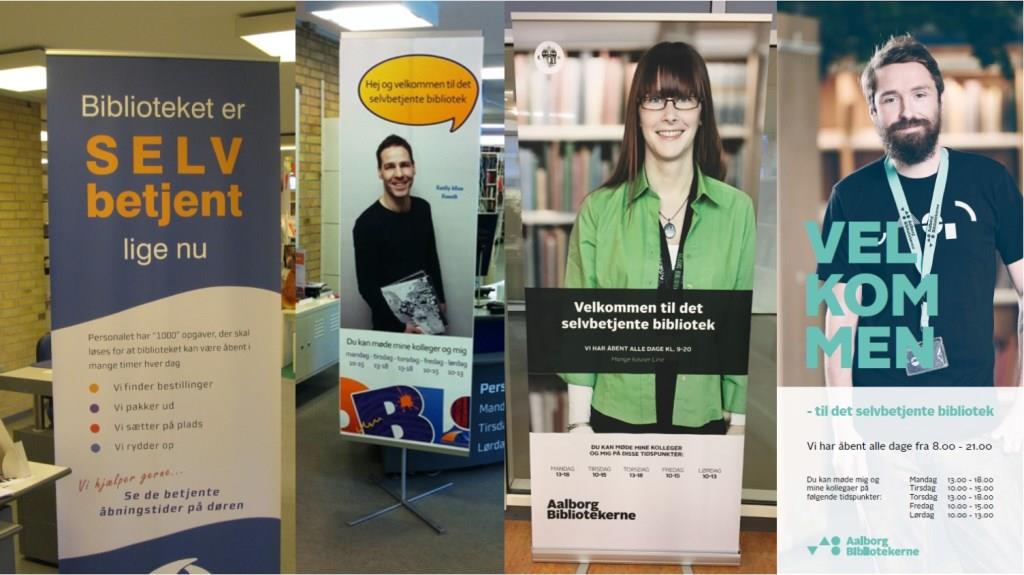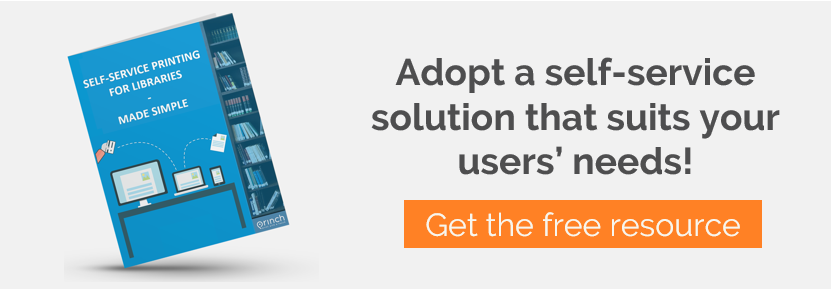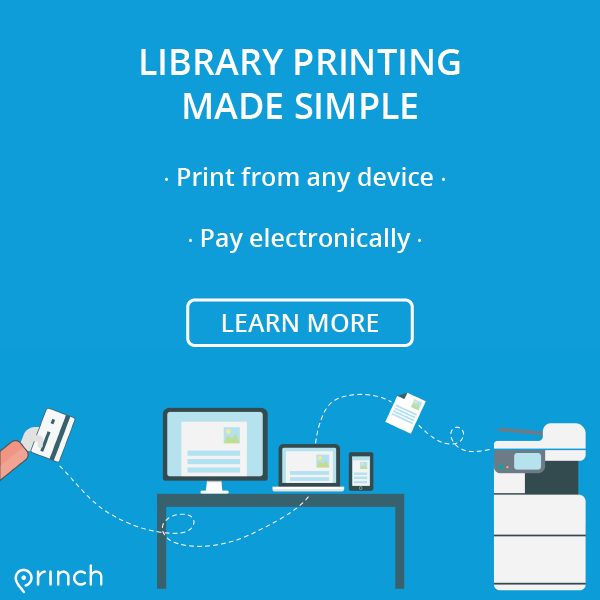The open library concept is relatively new and highly controversial, as Carl Gustav Johansen mentioned in our interview last week. Even so, this combination of staffed and unmanned library services is beneficial to the community and it ensures the need for libraries is fulfilled, especially in smaller communities.
In Denmark, 86 out of 97 library systems have open libraries, resulting in 260 open libraries. The libraries in Denmark are open for almost 33.000 hours a year with 56% being opening hours without staff in branch libraries. The alternative would have been many branch closures.
The #libraries in Denmark are open for almost 33.000 hours a year with 56% being opening hours without staff in branch libraries. Share on XAdditionally, more and more people are visiting the Danish libraries. Along with the significant growth in the number of events and the number of unmanned opening hours, that almost tripled in the period 2012-2015, the total number of library visits rose by 1.13 million in the same period, as showed by Statistics Denmark.
There is a clear correlation between these identified trends, the increase in the library usage being attributed to the longer opening hours and also to the diversity of events offered by the library.
How to make the transition from a staffed library to a “more open” library

Source: Næstved Bibliotek
When implementing the concept of an open library, there are a few strategies that facilitate the transition. To better emphasize the different strategies a library can apply, we will look at a few libraries as examples.
1. The user experience is extremely important during the unmanned hours because that is the moment when their most important source of information, librarians, is not available and they have to figure everything out by themselves. So, they have to be aware of this change. This information can be provided with the help of banners welcoming the visitors and informing them.
2. The visitors need to easily find the information they need. Being aware of the users’ flow inside the library is an important step. This can be ensured by grouping the materials and activities in different zones and also by providing to the users an overview of the different library sections.

Overview of the new library’s areas and zones to help users find their way at Vesthimmerland Library
3. To facilitate the change inside the library, the use of signs is a simple and practical strategy. Usually, libraries have similar signage systems and just by adding a few more signs to it, people will get familiar with the place much easier.

The signs at Grønlandstorv Library feature two consistent colors: red for children and black for adults.
4. To make sure that the users can use all the services that they would have normally used during the normal opening hours, implementing a self-service solution is a necessary strategy. This way people can borrow/return a book and print or copy a file without needing the staff’s help.

Randers Library has implemented a self-service printing solution that users can use whenever they want.
Stay tuned for our blog post next week where we talk to a new library influencer that will share more insights on innovative ways to attract more users to the library’s perimeters. Find us on Facebook and Twitter and subscribe to our blog to receive the library insights directly to your e-mail.
Recent posts
Green Libraries: How Sustainable Design is Shaping the Future of Public Libraries
In this week's Princh Library Blog post, recurring guest writer Sam L. Bowman discusses an ever so important topic: sustainable design and [...]
Librarians Supporting Digital Literacy in the Community
In this week's Princh Library Blog, Nina Grant covers why digital literacy is important, the variety of ways in which librarians are supporting [...]






Leave A Comment